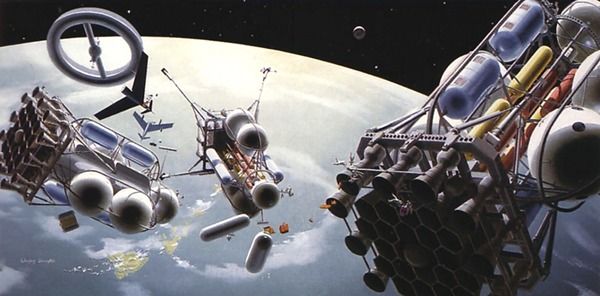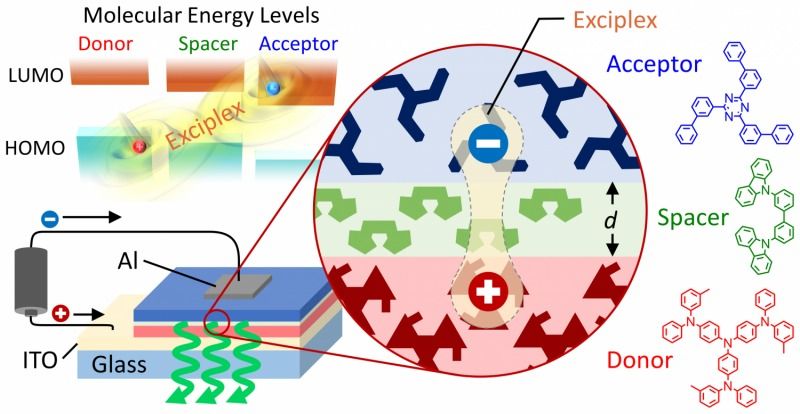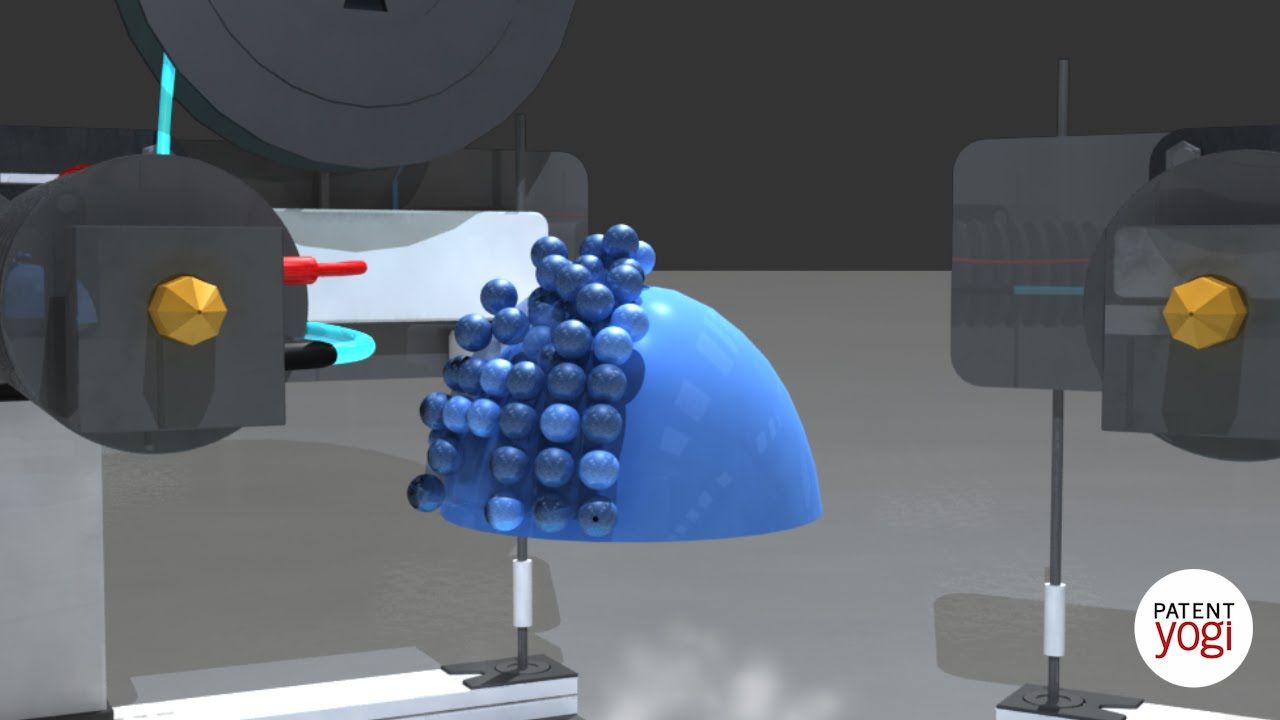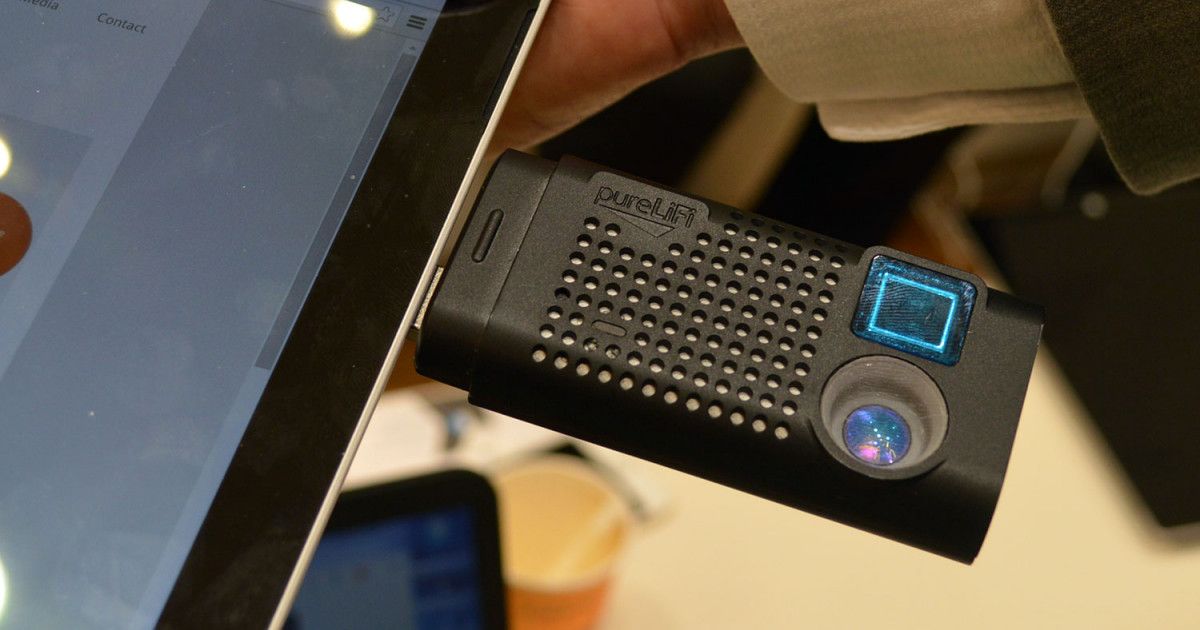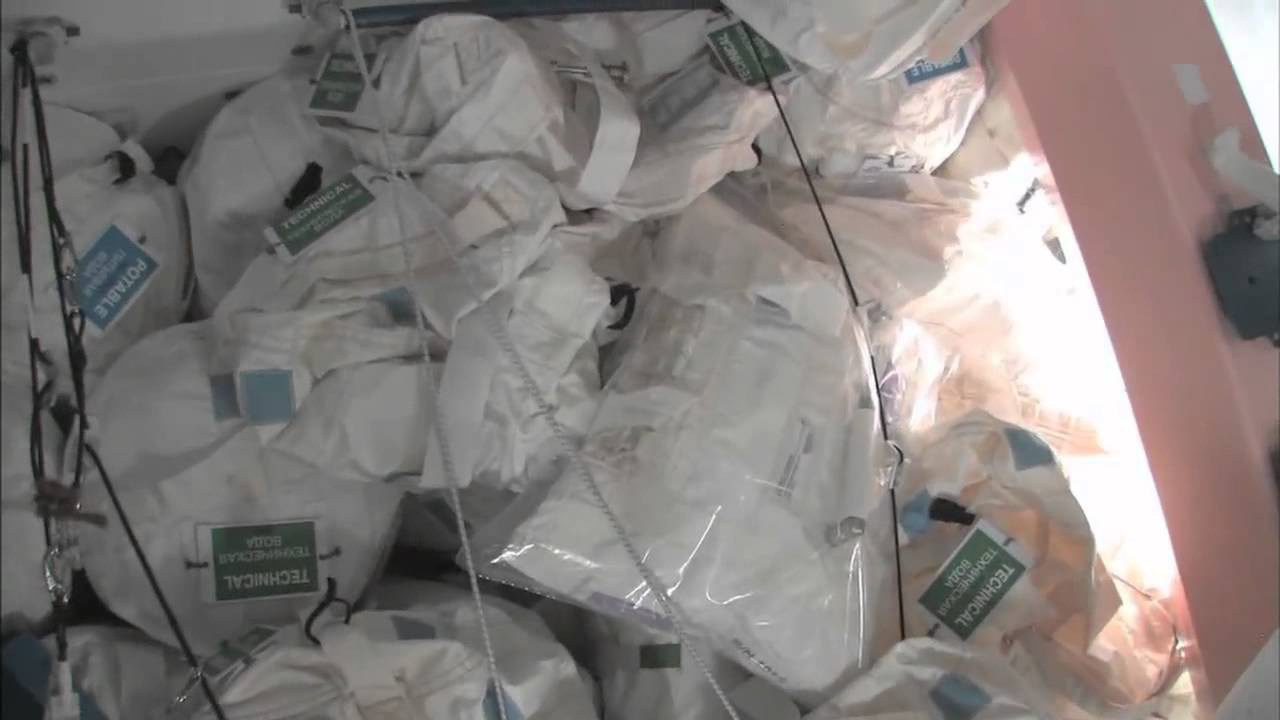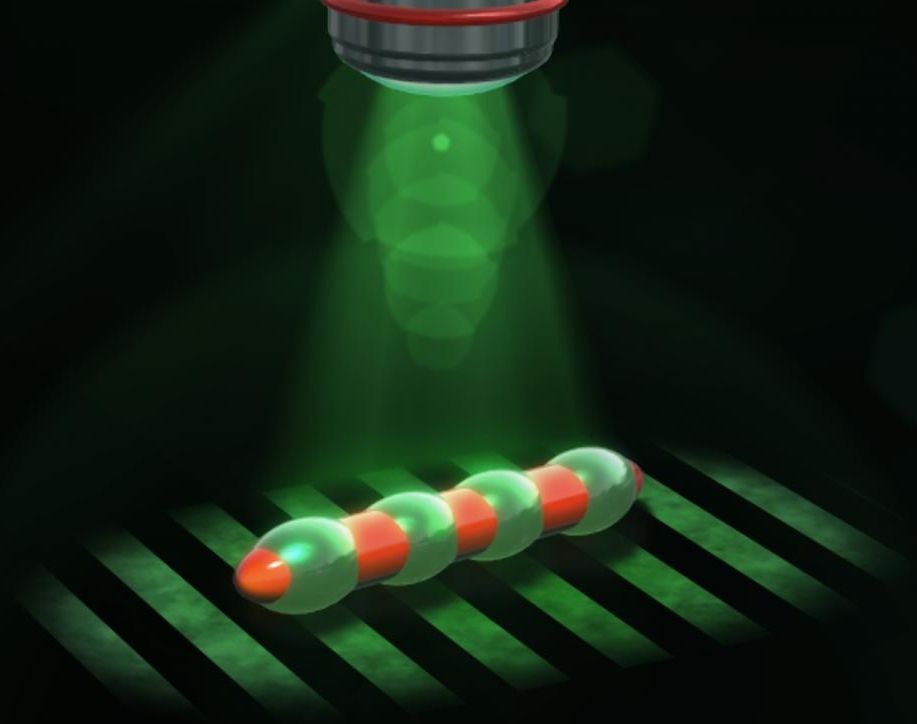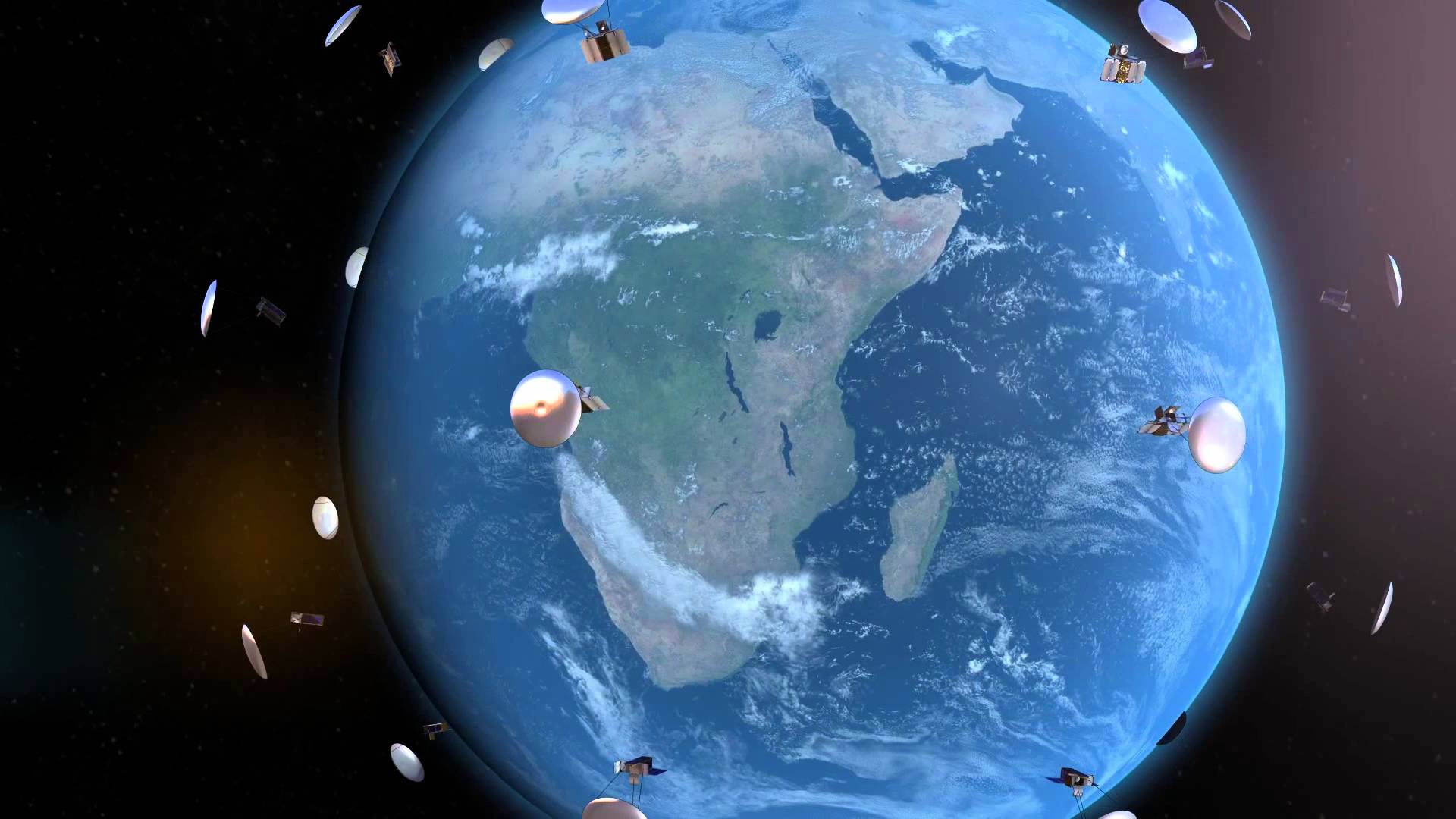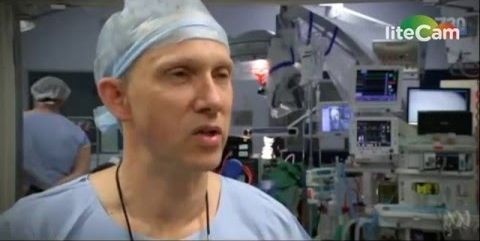“Vulcan Inc. today announced a new exhibition of nearly 60 objects related to science fiction and the history of space exploration – Imagined Futures: Science Fiction, Art, and Artifacts from the Paul G. Allen Family Collection – that will be on view at its 3,000-square-foot flexible concept space, Pivot Art + Culture beginning April 7, 2016. The exhibition, curated by Ben Heywood, runs through July 10, 2016.”
Demonstrating a strategy that could form the basis for a new class of electronic devices with uniquely tunable properties, researchers at Kyushu University were able to widely vary the emission color and efficiency of organic light-emitting diodes based on exciplexes simply by changing the distance between key molecules in the devices by a few nanometers.
This new way to control electrical properties by slightly changing the device thickness instead of the materials could lead to new kinds of organic electronic devices with switching behavior or light emission that reacts to external factors.
Organic electronic devices such as OLEDs and organic solar cells use thin films of organic molecules for the electrically active materials, making flexible and low-cost devices possible.
If the human race is to survive in the long-run, we will probably have to colonise other planets. Whether we make the Earth uninhabitable ourselves or it simply reaches the natural end of its ability to support life, one day we will have to look for a new home.
Hollywood films such as The Martian and Interstellar give us a glimpse of what may be in store for us. Mars is certainly the most habitable destination in our solar system, but there are thousands of exoplanets orbiting other stars that could be a replacement for our Earth. So what technology will we need to make this possible?
We effectively already have one space colony, the International Space Station (ISS). But it is only 350km away from Earth and relies on a continuous resupply of resources for its crew of six. Much of the technology developed for the ISS, such as radiation shielding, water and air recycling, solar power collection, is certainly transferable to future space settlements. However, a permanent space colony on the surface of another planet or moon adds a new set of challenges.
Ciliates can do amazing things: Being so tiny, the water in which they live is like thick honey to these microorganisms. In spite of this, however, they are able to self-propel through water by the synchronized movement of thousands of extremely thin filaments on their outer skin, called cilia. Researchers from the Max Planck Institute for Intelligent Systems in Stuttgart are now moving robots that are barely perceptible to the human eye in a similar manner through liquids. For these microswimmers, the scientists are neither employing complex driving elements nor external forces such as magnetic fields. The team of scientists headed by Peer Fischer have built a ciliate-inspired model using a material that combines the properties of liquid crystals and elastic rubbers, rendering the body capable of self-propelling upon exposure to green light. Mini submarines navigating the human body and detecting and curing diseases may still be the stuff of science fiction, but applications for the new development in Stuttgart could see the light-powered materials take the form of tiny medical assistants at the end of an endoscope.
Their tiny size makes life extremely difficult for swimming microorganisms. As their movement has virtually no momentum, the friction between the water and their outer skin slows them down considerably — much like trying to swim through thick honey. The viscosity of the medium also prevents the formation of turbulences, something that could transfer the force to the water and thereby drive the swimmer. For this reason, the filaments beat in a coordinated wave-like movement that runs along the entire body of the single-celled organism, similar to the legs of a centipede. These waves move the liquid along with them so that the ciliate — measuring roughly 100 micrometres, i.e. a tenth of a millimetre, as thick as a human hair — moves through the liquid.
“Our aim was to imitate this type of movement with a microrobot,” says Stefano Palagi, first author of the study at the Max Planck Institute for Intelligent Systems in Stuttgart, which also included collaborating scientists from the Universities of Cambridge, Stuttgart and Florence. Fischer, who is also a Professor for Physical Chemistry at the University of Stuttgart, states that it would be virtually impossible to build a mechanical machine at the length scale of the ciliate that also replicates its movement, as it would need to have hundreds of individual actuators, not to mention their control and energy supply.
Lifespans Are Long Enough
Posted in health, life extension
Watch our GHPI fellow Brian Kennedy, the President and CEO of The Buck Institute for research on aging along side Aubrey de Grey debating if lifespans are long enough.
Watch here: http://intelligencesquaredus.org/debates/past-debates/item/1…ong-enough
And don’t forget to let congress know that healthy lifespans are not long enough: http://tame.healthspanpolicy.org/
“We think the only way to effectively connect people all over the world is through satellites.”
![]()
![]() Gedalyah Reback 23 hours ago.
Gedalyah Reback 23 hours ago.
There’s been much ado about getting internet to the world’s disaffected and disconnected populations. Large swathes of rural and underdeveloped areas of Asia, Africa and somewhat in Latin America have garnered the attention of Silicon Valley’s biggest superpowers Google and Facebook.
